Nevada
Order for Protection Against High-Risk Behavior
Nevada’s legislature prioritized stronger gun laws following the Route 91 Harvest festival mass shooting in Las Vegas on October 1, 2017, which represents the deadliest mass shooting in modern American history. In June 2019, Governor Steve Sisolak signed AB 291 into law. AB 291, also known as the “1 October bill” was sponsored by Route 91 shooting survivor, Assemblywoman Sandra Jauregui. Among other gun laws, the bill, dated October 1, included Nevada’s Order for Protection Against High-Risk Behavior. Nevada’s Order for Protection Against High-Risk Behavior law went into effect on January 1, 2020.
An Order for Protection Against High-Risk Behavior is a civil order that temporarily prohibits a person at risk of causing injury to self or others from purchasing and possessing firearms if that person is engaged in high-risk behavior and less restrictive options have been exhausted or are ineffective.1 There are two types of Orders for Protection Against High-Risk Behavior: an emergency order and an extended order.2 An emergency order is in effect for up to 7 days, or until the extended order hearing if an extended order is requested by the petitioner.3 An extended order is in effect for up to 1 year.4 Law enforcement and family or household members (including persons related by blood, marriage, or adoption, persons with a child in common, domestic partners, persons in a dating relationship, and a legal guardian of the respondent, among others)5 may petition for an Order for Protection Against High-Risk Behavior.6
When the court issues an Order for Protection Against High-Risk Behavior, the respondent must turn over any firearms in their possession to law enforcement or a third party designated by the court.7 Respondents must also surrender any concealed carry weapon permit.8
Nevada’s Order for Protection Against High-Risk Behavior law includes emergency orders for Protection Against High-Risk Behavior issued by judicial officers; a hearing in order for an ex parte order to become a final order; the respondent’s right to counsel (at no expense to the government); and the requirement of substantial and credible evidence (e.g. the enumerated factors the judicial officer must consider) to issue an order for Protection Against High-Risk Behavior.9
1 Nev. Rev. Stat. Ann. § 33.580
2 Nev. Rev. Stat. Ann. § 33.565
3 Nev. Rev. Stat. Ann. § 33.575
4 Nev. Rev. Stat. Ann. § 33.575
5 Nev. Rev. Stat. Ann. § 33.540
6 Nev. Rev. Stat. Ann. § 33.560
7 Nev. Rev. Stat. Ann. § 33.600
8 Nev. Rev. Stat. Ann. § 33.590
9 Nev. Rev. Stat. Ann. § 33.640

